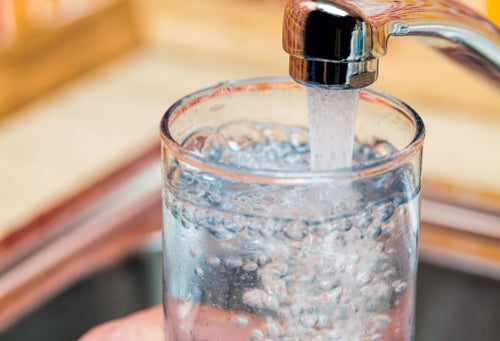We often hear water described as “hard” or “soft”, but that has nothing to do with the actual texture or heaviness of it.
According to researchers at D News, when water is described in these terms we’re really referring to its mineral content.
Water becomes “hard” when it has a higher than usual concentration of minerals, particularly calcium and magnesium.
The water picks up these minerals from rocks and soil as it flows through rivers or other waterways.
Soft water, on the other hand, has a low mineral content, perhaps because it hasn’t come into contact with as many rocks, or because the rocks have a low mineral content to start with.


Water doesn’t have to be “hard” or “soft”, the mineral content is a spectrum and sometimes water comes somewhere in the middle.
If you live in a particularly hard water area your taps may be frequently coated in limescale, which is caused by minerals solidifying after water evaporates.
You may also find that soaps do not lather to their full potential in the bath, as the minerals can sometimes interfere with this process.
But aside from bathing and cleaning frustrations, hard water isn’t something to worry about.
According to studies from the National Research Council at the National Academy of Sciences, drinking hard water may contribute a small amount toward total calcium and magnesium human dietary needs.
But both hard and soft water are usually considered safe and neither should have an adverse impact on health when they’ve gone through a treatment plant.